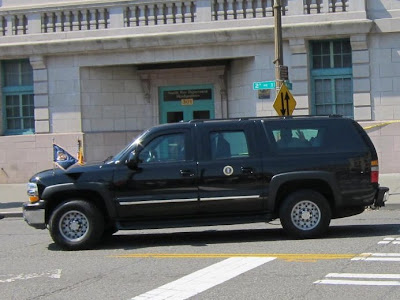Boy do we have a lot of pans in the fire these days — and that’s exciting. But we need you, our loyal bicycling supporters, to help us make all these things happen. Here’s how you can help.
One-Time
- Reach Out to Bike Racers
- Say “Thank You” to RAPSody Finishers
- Give and Get For the Bike Alliance
- Feed Hungry Cyclists
Ongoing
Reach Out to Bike Racers
Interested in bicycle racing, or are you a bike racer yourself? All racers benefit from the Bicycle Alliance’s efforts, but very few even know the Bicycle Alliance exists. Help us rectify this sad state of affairs. On August 29, we need 6 people (3-hour shifts of 2 people each, from 8:30 am to 5:30 pm) to help staff a Bicycle Alliance table at the Seward Park Season Ender race. Helpers will actively work the crowd, going out and engaging racers in conversation about the Bicycle Alliance, soliciting for memberships and additions to the email list, and passing out Bike Alliance literature (Share the Road license plate postcards, the newsletter, and brochures). Some volunteers will also help staff a booth for the Bicycle Alliance, doing all of the same activities above and giving out healthy snacks and freebies. If you’re interested or for more details, email volunteer [at] wabikes.org by August 20. Some training is required.
Say “Thank You” to RAPSody Finishers
We need help saying “Thank you” to all the bicyclists who participate in Ride Around Puget Sound (RAPSody), a two-day ride put on by 5 bike clubs to raise money for the Bicycle Alliance. We need one or two more people to help give out free ice cream and and educate riders on the Bicycle Alliance’s activities at the finish line at Tacoma Community College on August 29 from 2:15 pm to 4:30 pm. If you’re interested or for more details, email volunteer [at] wabikes.org by August 20. Some training is required.
Give and Get For the Bike Alliance
Interested in having a big impact in just a couple hours? Hand out cue sheets and solicit riders for donations and memberships at the start of the Perimeter Ride of Seattle (PROS), a Bicycle Alliance fundraiser put on by the Cyclists of Greater Seattle. The ride takes place on September 6, and the start line runs from 7:30 am to 9:30 am at the North parking lot in Discovery Park. If you’re interested or for more details, email volunteer [at] wabikes.org by August 27.
Feed Hungry Cyclists
Love to feed people? On September 6 from 9:30 am to 11:30 am, indulge yourself by helping run a rest stop to feed bicyclists at the Tukwila Community Center, 25 miles into the PROS ride. To volunteer for this opportunity, click here or email volunteer [at] wabikes.org by August 27.
Adopt Your Bike Shop
You love your bike shop and go there at least twice a month. You know all the employees’ names and sometimes stop by just to shoot the breeze. Bike shops benefit from the Bicycle Alliance’s work, which puts more bicyclists (bike shop patrons!) on the road. Consider adopting your local bike shop for the Bicycle Alliance. All you do is set up and maintain a little display of Bicycle Alliance literature, restocking it when materials get low. It’s just another excuse to stop by the shop. This is an ongoing opportunity that requires a little bit of training. Contact volunteer [at] wabikes.org or click here for details.
Apply for the Outreach Corps
If you perk up at opportunities like the Reach Out to Bike Racers, the Outreach Corps may be for you. This group of highly-trained volunteers speaks for the Bicycle Alliance at transportation fairs, bike rides and races (like RAPSody, PROS, and Cycle the Wave), and fun bike events (like Tour de Fat and Bike Expo). Outreach Corps members significantly increase the Bicycle Alliance’s effectiveness by increasing public awareness of our efforts and collecting donations and memberships. This is an ongoing opportunity that requires training. Contact volunteer [at] wabikes.org for details.
.jpg)








